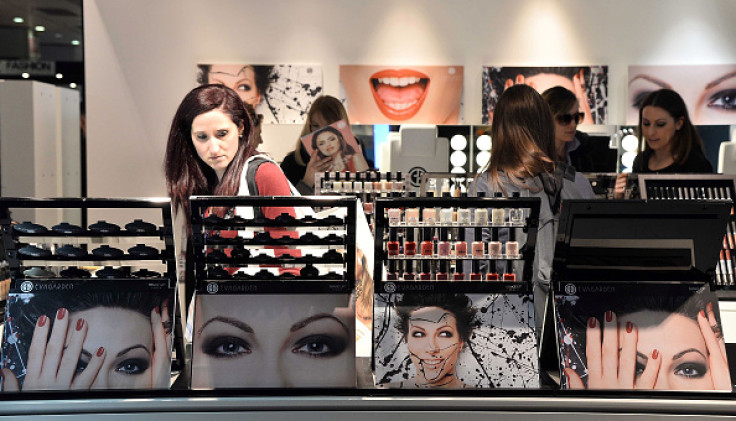Switching cosmetics significantly reduces exposure to hormone-disrupting chemicals

Taking a break from certain types of shampoos and cosmetic products significantly reduces the levels of hormone-disrupting chemicals in the body, scientists have shown.
Their research was published in the journal of Environmental Perspectives and recruited 100 Latina teenagers participating in the Health and Environmental Research on Makeup of Salinas Adolescents (HERMOSA) study.
The scientists from the University of Berkeley gave the teenage girls products free of certain chemicals that are suspected to disturb the body's hormonal system, after tests were done on animals.
These endocrine-disrupting chemicals, which include phthalates, parabens, triclosan and oxybenzone, may cause infertility, an increased risk of breast cancer, abnormal growth and neuro-behavioural problems in children, according to the World Health Organization. They can also bring about changes to the immune system.
"Women are the primary consumers of many personal care products, they may be disproportionately exposed to these chemicals," says study lead author Kim Harley. Because young teenage girls are growing and experiencing profound hormonal changes, and because they are major consumers of cosmetics, they are particularly vulnerable to such chemicals.
Lower concentration of chemicals
After three days of using the chemical-free products, the participants were called back for some tests. The researchers analysed samples of their urine and discovered that levels of endocrine-disrupting chemicals was significantly lower than before the trial.
Levels of diethyl phthalate, a chemical often used in fragrances, dropped by 27% after three days. The concentration of methyl and propyl parabens, used as preservatives in cosmetics, decreased 44 and 45% respectively. Triclosan, which is used to produce antibacterial soaps and some toothpaste, as well as oxybenzone found in some dropped by 36%.
However, two less common types of parabens saw their levels increase. The researchers say this is probably due to an accidental contamination with nothing to do with the products, or to a substitute product which was used and not listed on the labels.
No regulation and information
The problem with these chemicals is that they are still not very well regulated, and few information is available on exposure levels and on their long-term impact for the health. Therefore, people are not necessarily encouraged to switch to different products.
With this short trial, researchers hope to shed a light on the risks caused by some cosmetics, and show that simple changes, by switching to other products, can actually make a difference.
"We know enough to be concerned about teen girls' exposure to these chemicals. Sometimes it's worth taking a precautionary approach, especially if there are easy changes people can make in the products they buy," concludes Harley.
© Copyright IBTimes 2024. All rights reserved.







